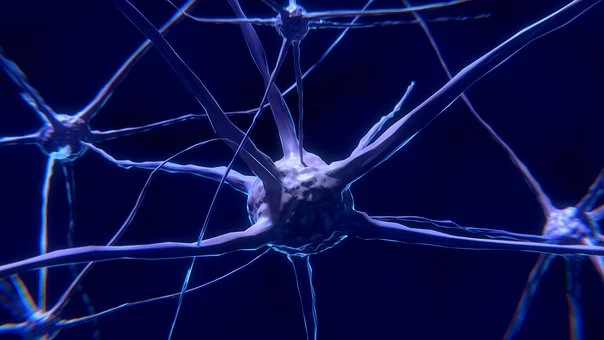More than ten years after the role of pyramidal neurons in mental representations of space and location was discovered, researchers at the Federal University of Brazil and the University of California have found a subtype of pyramidal neurons that can measure speed with improved precision. Mental or cognitive representation has always been a confusing topic as it deals with the relationship between the mind and body. It determines the mind’s philosophy and how it perceives, stores and processes information and commands our body to react accordingly. Interestingly, this study can help us understand how the brain’s navigation system works and how we remember speed and location.
Image Credits: Pixabay
Neurons- the nervous system’s backbone
Neurons are the primary cells of the nervous system. They are informational messengers between the brain and body and communicate through electrical impulses. Generally, we see two types of neurons; inhibitory and excitatory (pyramidal neurons). Both inhibitory and excitatory neurons are located in the midbrain or temporal region (behind the ears). Midbrain has been associated with forming new memories, emotions, learning skills, etc. Excitatory neurons activate other neurons, whereas inhibitory neurons block (inactivate) them. Together they can maintain a neutral electric activity in the brain and avoid hyperactivities such as seizures.
Back to the research
Researchers experimented to find how the brain cells (neurons) work and how they determine memory. They injected a virus into mice which affected the neurons to produce a specific protein that becomes fluorescent (visible) under a microscope when calcium levels are increased. This happens when the neurons are working or activated. They fixed biosensors and a high-tech microscope to the skull surface to check the neural activity in the brain. During this time, the mice were enclosed in rotating cages that changed their shape and size.
Observations
After recording the videos of neural activity in mice, the researchers used algorithms and information technology to spot the activated neurons in the brain with the mice’s position in the cage.
Image Credits: Pixabay
“We found it was possible to predict very precisely where a mouse was located in the environment just by looking at the map of electrically activated neurons, without having to watch the videos,” said Avishek Adhikari, corresponding study author to Agência FAPESP, a Brazilian news agency.
The researchers also observed that inhibitory neurons reacted differently than excitatory neurons to environmental changes such as rotation and changing size of enclosures. However, they couldn’t find a specific reason for this.
“These more stable neurons may be linked to the ability to remember routes or the location of the living room or bathroom when we wake up in the same house, for example,” said Alexandre Kihara, the study co-author.
The big picture
This study is one of its kind in determining the role of inhibitory neurons in the brain’s navigation system. Researchers believe that the findings can help us understand how people perceive information about new routes and learn locations. Also, how they can be used as a blueprint for determining problems faced by people with neurodegenerative diseases like Alzheimer’s in remembering new routes and locations.
The research was published in the journal Scientific Reports.





1 comment
[…] and devastating symptoms, which tend to get worse as time goes on. People with MLD can lose their cognitive and motor skills, including their ability to think, see, hear, feel, walk, or move at all. They […]